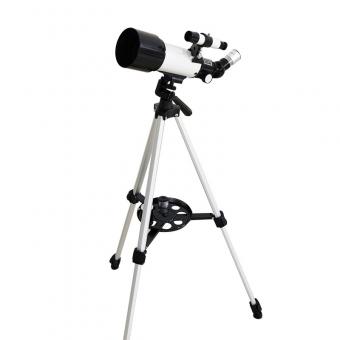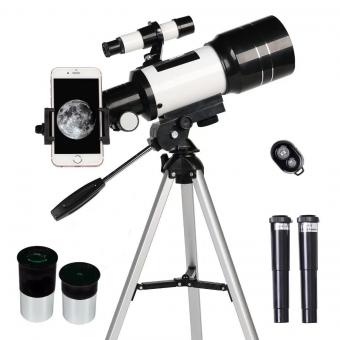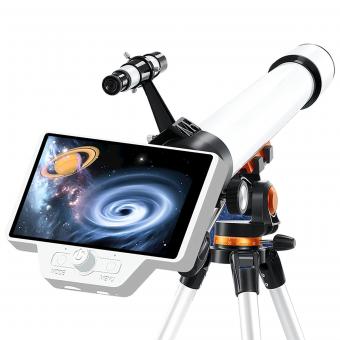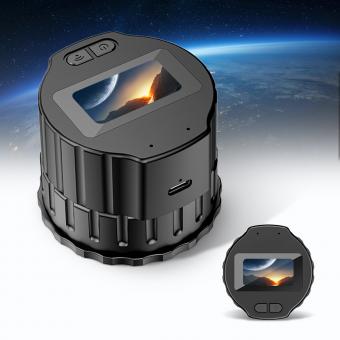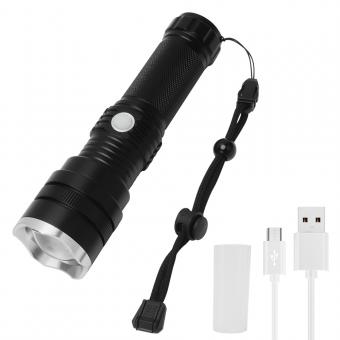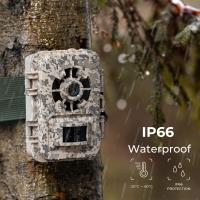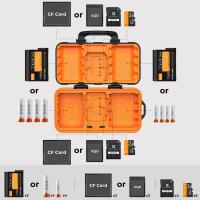What Planets Can You See Without A Telescope?
When it comes to stargazing, one of the most common questions asked by beginners is, "What planets can you see without a telescope?" This question is not only intriguing but also practical, as not everyone has access to advanced astronomical equipment. Fortunately, several planets in our solar system are visible to the naked eye, and with a bit of knowledge and patience, you can spot them from your own backyard. In this article, we will explore which planets are visible without a telescope, how to identify them, and some tips for optimal viewing.
The Naked-Eye Planets
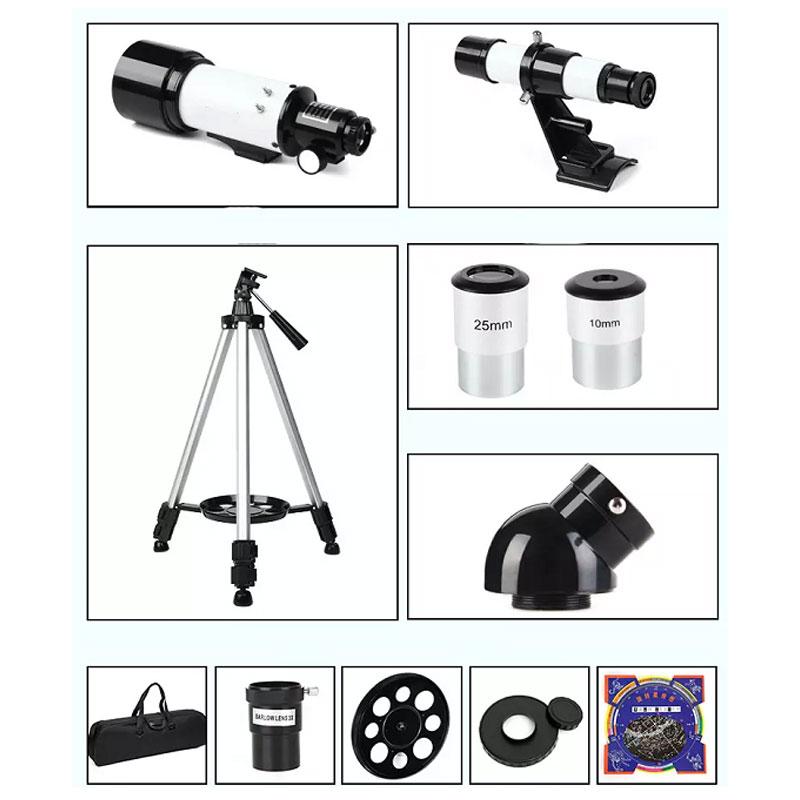
There are five planets that you can see without the aid of a telescope: Mercury, Venus, Mars, Jupiter, and Saturn. These planets have been observed by humans for thousands of years and were known to ancient civilizations. Let's delve into each of these planets and discuss how and when you can see them.
Mercury

Mercury is the closest planet to the Sun, and because of its proximity, it can be challenging to spot. It is best viewed during twilight, either just after sunset or just before sunrise. Mercury appears as a small, bright dot near the horizon. The best times to see Mercury are during its greatest elongation, which is when it is farthest from the Sun in the sky. This occurs several times a year, and you can check astronomical calendars for specific dates.
Venus
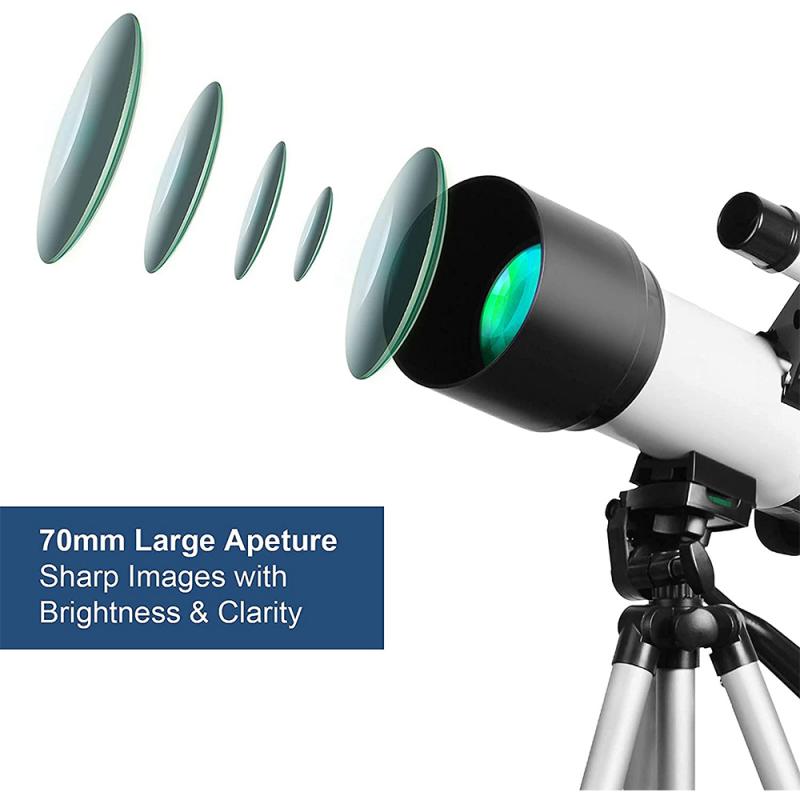
Venus is often referred to as the "Evening Star" or the "Morning Star" because it is the brightest planet and can be seen either just after sunset or just before sunrise. Venus is the third-brightest object in the sky after the Sun and the Moon, making it relatively easy to spot. It appears as a very bright, white point of light. Venus goes through phases similar to the Moon, and its visibility changes throughout the year. It is usually visible for several months at a time, either in the evening or morning sky.
Mars
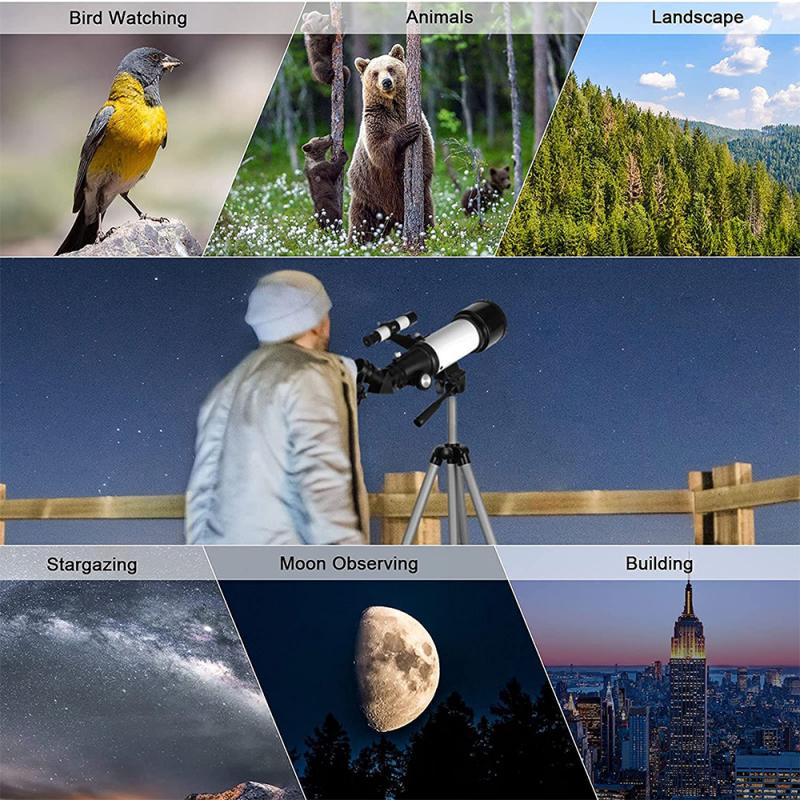
Mars, known as the "Red Planet," is easily recognizable due to its reddish hue. It is best viewed when it is in opposition, which is when Earth is directly between Mars and the Sun. During opposition, Mars is closest to Earth and appears brighter and larger. This event occurs approximately every 26 months. Mars can be seen throughout the night during opposition, rising in the east and setting in the west. Outside of opposition, Mars is still visible but appears smaller and dimmer.
Jupiter
Jupiter is the largest planet in our solar system and the second-brightest planet visible to the naked eye. It is best viewed when it is in opposition, which happens roughly every 13 months. During opposition, Jupiter is closest to Earth and shines brightly in the night sky. Even when not in opposition, Jupiter is still visible for most of the year. It appears as a bright, white point of light and can often be seen in the eastern sky after sunset, moving across the sky throughout the night.
Saturn
Saturn is famous for its stunning ring system, but these rings are not visible without a telescope. However, Saturn itself can be seen as a bright, yellowish point of light. Like Jupiter, Saturn is best viewed during opposition, which occurs approximately every 12 months. During this time, Saturn is closest to Earth and shines brightly in the night sky. Saturn can be seen for several months each year, rising in the east and setting in the west.
Tips for Optimal Viewing
Now that you know which planets are visible without a telescope, here are some tips to help you get the best possible view:
1. Check Astronomical Calendars: Knowing when each planet is in opposition or at its greatest elongation can help you plan your stargazing sessions. There are many online resources and apps that provide this information.
2. Find a Dark Sky Location: Light pollution from city lights can make it difficult to see planets. Try to find a location away from urban areas with a clear, unobstructed view of the sky.
3. Use Binoculars: While you don't need a telescope, a good pair of binoculars can enhance your viewing experience. They can help you see more detail and make it easier to spot planets near the horizon.
4. Be Patient: Planets don't always appear immediately. Give your eyes time to adjust to the darkness, and be patient as you scan the sky.
5. Learn the Constellations: Knowing the constellations can help you locate planets. For example, Jupiter often appears near the constellation Sagittarius, and Mars can be found near Aries or Taurus.
6. Use a Star Chart or App: Star charts and stargazing apps can help you identify planets and other celestial objects. These tools can show you where to look and what to expect.
Stargazing is a rewarding and accessible hobby that allows you to connect with the cosmos. By understanding which planets are visible without a telescope and how to identify them, you can enjoy the beauty of our solar system from your own backyard. Mercury, Venus, Mars, Jupiter, and Saturn are all within reach, and with a bit of preparation and patience, you can experience the wonder of these distant worlds. So, grab a star chart, find a dark sky location, and start exploring the night sky. Happy stargazing!

